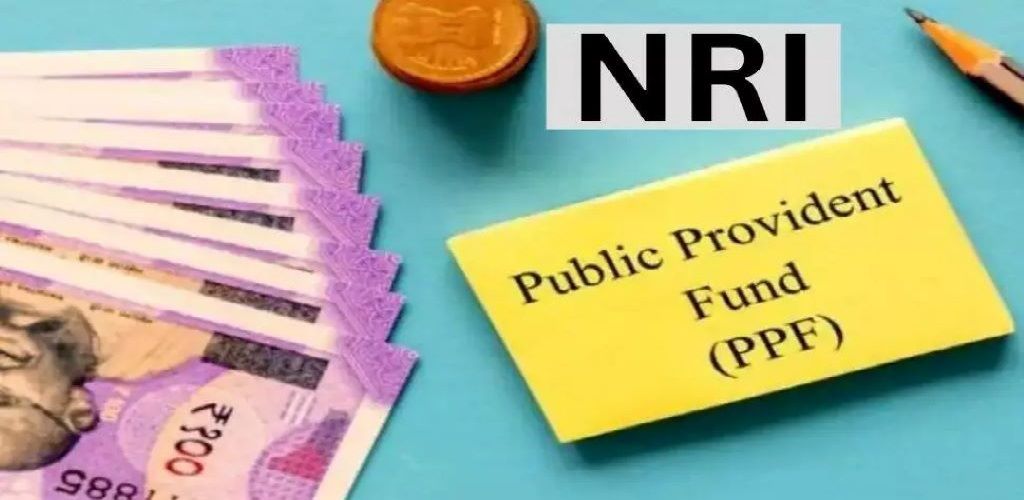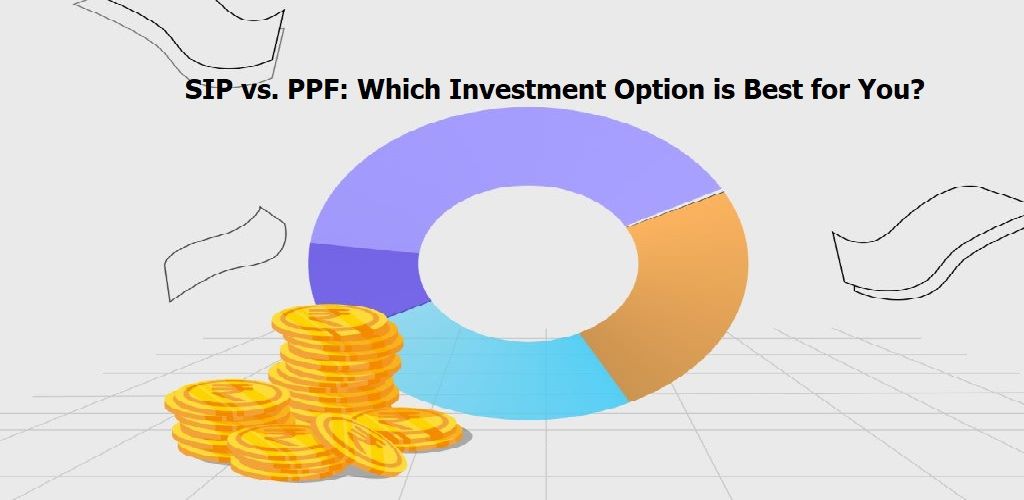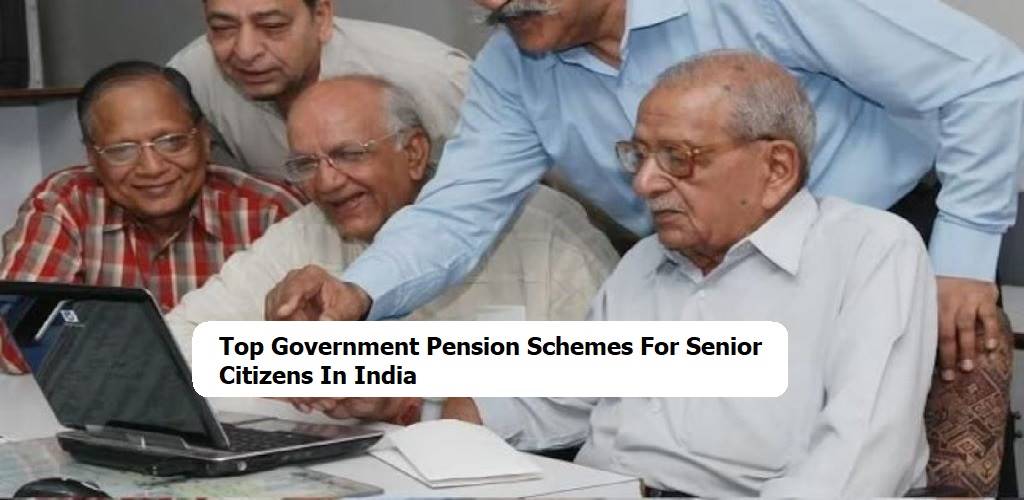No matter what kind of property you want to buy or sell in India, taxes always make their way into the property system. However, among taxes, one specific tax is called Tax Deducted at Source (TDS), which applies to the sale of immovable property such as land and buildings. If you’re the buyer, you need to deduct a certain amount of tax from the payment you make to the seller. This tax is known as TDS on the sale of property under Section 194-IA.
Now, let’s explore some key details about this tax. First, you might be wondering about the rate of TDS on the sale of property under Section 194-IA. In this post, we’ll discuss the tips to file TDS on property sales in India and the penalties associated.
What is Section 194IA of The IT Act?
Section 194IA of the Income Tax Act refers to the Tax Deducted at Source (TDS) related to transactions involving immovable property. For those who don’t know, this section mandates that any individual responsible for making a payment to a resident transferor (seller) is required to deduct tax at the source as per the rates specified within the section. Furthermore, it necessitates the submission of a statement detailing the transaction and the payment of the deducted tax to the government.
- TDS on the property, as the name suggests, refers to the tax deducted at the source on assured income received by an individual. It means that when a person receives income from the sale of the property, a portion of the income is deducted upfront as tax.
- Typically, TDS on the property is the responsibility of the individual who makes the payment and is deducted at the source before the payment is made. This deducted tax amount is then deposited with the Income Tax Department.
- In the context of TDS on property, Section 194IA pertains to transactions involving the sale of property, where the buyer is required to deduct the applicable TDS. Conversely, Section 194IB deals with TDS obligations related to rental payments, where the rent payer is responsible for deducting the tax.
- Individuals can claim the TDS on property while filing their Income Tax Returns. This allows them to offset the tax deducted at the source against their overall tax liability.
- Specifically, Section 194IA outlines that in transactions involving the purchase of immovable property valued at more than Rs. For 50 lakhs, the buyer is mandated to deduct TDS while paying the seller. The prescribed rate of TDS for such transactions is 1% of the property value. This ensures that the tax obligation is met upfront at the time of the property transaction.
Requirements of section 194IA
Section 1941A of the Income Tax Act in India showcases the requirement for deducting tax deducted at source (TDS) on the purchase of immovable property. Here are the key requirements of Section 1941A.
- The responsibility for deducting TDS on property lies with the buyer, not the seller.
- TDS is not applicable if the transaction value is less than Rs. 50 lakhs.
- TDS should be deducted from the total amount of the sale, not just the portion above Rs. 50 lakh. For example, if the property value is Rs. 70 lakhs, TDS will be calculated on Rs. 70 lakhs, not Rs. 20 lakhs.
- If the property is paid for in installments, TDS should be deducted from each installment.
- Since September 2019, charges such as club membership, car parking fees, advance fees, maintenance fees, and electricity fees related to the property are also considered part of the “consideration for immovable property” and should be included in the taxable total.
- The buyer and seller must have PAN (Permanent Account Number) cards for TDS on property deduction under Section 1941A.
- If the buyer fails to obtain the seller’s PAN, the TDS rate increases to 20%.
- TDS on immovable property must be paid using Form 26QB within 30 days of the end of the month in which it was deducted.
- The buyer must obtain Form 16B, a certificate of the TDS, and issue it to the seller.
How to File TDS on Property (Form 26QB)?
Here is the list of the steps to file TDS on Property through 26QB and obtain Form 16B (for the seller). Let’s discuss them in detail!
- In the first step, you will need to visit the official website of the Income Tax e-filing portal and then log into your account. Select “e-File” and click on “e-Pay Tax” from the dropdown menu.
- Click on the “+ New Payment” button.
- Proceed to the “26QB – TDS on Property” tab.
Note: In the following steps, you will need to provide the following details:
- Buyer’s Details
- Seller’s Details
- Property Transferred Details
- Payment Details
- After that, you will need to add the buyer’s details. Remember that most of your information will be auto-filled, but you can make changes if necessary. Click on “Continue” after entering the details.
- In the next step, you will need to provide the property details, such as type, address, date of agreement, and value of the property. The tax amount will be calculated automatically. Click on “Continue” when finished.
- Then, you will need to add the payment details and select the payment mode. After that, it’s time to complete the payment. Once the payment is complete, a challan will be generated.
- In the next step, you will need to register on TRACES (TDS Reconciliation Analysis and Correction Enabling System) if you are a first-time user. Use your PAN and the Challan details of the tax payment to register as a Tax Payer.
- After registration, you will be able to obtain the approved Form 16B (TDS certificate) to issue to the seller.
- In the second last step, you will need to check your Form 26AS after seven days of payment to confirm that your payment is reflected under “Details of Tax Deducted at Source on Sale of Immovable Property u/s 194(IA) [For Buyer of Property]”. Part F will provide details such as the TDS certificate number, name and PAN of the deductee, transaction date and amount, acknowledgement number (same as on Form 26QB), date of deposit, and TDS deposited.
After that, you will need to download Form 16B by logging in to TRACES. Go to the Download tab and click on “Form-16B (for the buyer)”.
- Fill in the PAN of the seller and the acknowledgement number related to the property transaction. Click on “Proceed”.
- Verify all the details and click on “Submit a request”.
- Wait for a few hours for your request to be processed. Then, go to the Downloads tab, select Requested Downloads from the drop-down menu, and check that your Form 16B download request status is “available”.
- If the status shows “submitted”, wait a few more hours before repeating the last step.
- Download the “.zip file” and use the date of birth of the deductor (in DDMMYYYY format) as the password to open it. Inside the .zip file, you will find your Form 16B in PDF format. Print out the form.
Documents Required for TDS on Property Sale
Here is the list of required documents when filing TDS on a property sale. Let’s take a quick look at them.
- Sales Agreement
- Property Details
- PAN Card
- Aadhar Number
Penalties Applicable on Non-Filing of TDS
If you think you can file TDS whenever you want or don’t even consider filing it, some penalties are associated with it. Here is a list of the penalties applicable to non-filing TDS.
- One important tip is that the tax amount deductible must be paid to the government within seven days of the transaction.
- Furthermore, if you don’t pay, failure to pay TDS on property can result in a penalty of up to Rs. 1 lakh under Section 271H.
- To avoid penalties, it is crucial to pay the TDS on the property along with any applicable interest and late payment fees when you receive a tax notice.
- If the tax was not deducted at all, an interest of 1% per month may be levied under Section 201.
- If the tax was deducted but not deposited with the government, an interest of 1.5% per month may be applicable.
- Non/late filing of Form 26QB may attract a fee under Section 234E of the Act.
- The late filing fee under Section 234E is Rs. 200 per day, subject to the maximum amount of tax due.
- If the property seller has already paid capital gains tax, the late filing fee could be reduced or waived.
Final Thoughts
So, there you have it! That’s the wrap-up to the process of TDS on property sales in India! Ensure you follow these steps to make the process convenient and hassle-free. However, if you find the paperwork and compliance procedures overwhelming, it is indeed a good idea to seek professional assistance.
Hiring professionals such as tax consultants, accountants, or real estate agents experienced in property transactions can simplify the process for you. They can help ensure that all the necessary documentation is in order, guide you through the TDS requirements, calculate the TDS amount accurately, and assist with filing the necessary forms and returns.
Frequently Asked Questions
Listed below are the frequently asked questions related to the TDS on property sales in India.
Yes, the balance amount after TDS is deducted should be paid directly to the NRI seller for the sale of their property.
Yes, TDS is applicable to the sale of land, just like other immovable properties, except for agricultural land.
The TDS rate on property sale is 1% for individuals and HUFs (Hindu Undivided Families), and 2% for companies and other entities. This amount is deducted from the sale proceeds when paying the seller.
Yes, a surcharge is applicable on TDS for property sale if the seller’s taxable income exceeds Rs. 50 lakhs. The surcharge rate depends on the seller’s taxable income.
Yes, TDS is applicable to brokerage on property sales. The brokerage amount is considered as income, and TDS is deducted at the applicable rate.
The buyer of the property is responsible for paying TDS on the property sale. The TDS amount is deducted from the sale proceeds during payment to the seller.
Remember that getting the seller’s PAN is mandatory. If the PAN is unavailable, TDS should be deducted at a rate of 20% of the purchase value, and the seller will not receive credit for the TDS amount.
The time limit for paying TDS on a property is 30 days. TDS on property transfers must be paid within 30 days after the end of the month in which the deduction is made.







